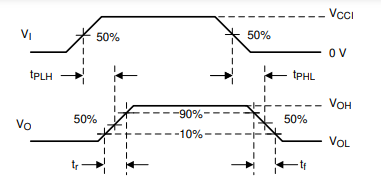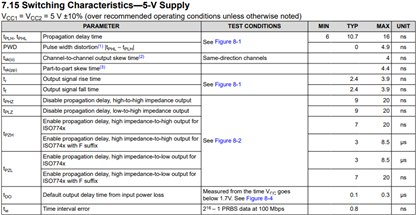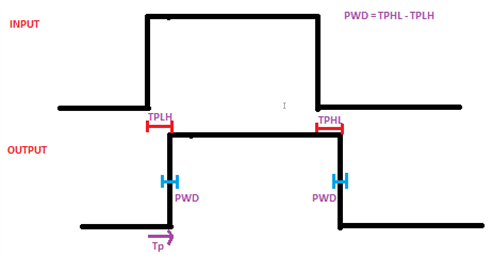Thanks for reading this message.
The HRPWM in C2000's time step is about 150ps class, it is very precise.
But i see that there is a pulse width distortion time in ISO7741 datasheet, so i want to know that if this PWM or other specs in ISO7741will reduce the resolution of HRPWM?
Is this PWM a constant or it regards with other parameters, like frequency, voltage and temperature?
|Tpwm - Tiso| = ?
Thanks!




